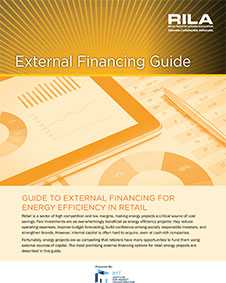Bonds are the largest source of capital in the global market. Bond labeling has been a popular tool since bonds were created. Labeled bonds have been used to fund the railroad, aircraft, highway, and war industries. Many of the financiers and investors who offer bonds are interested in the environmental impact of the projects they fund, which has spurred the use of green bonds. Green bonds provide a stable channel for investors to provide capital for projects that promote sustainability or mitigate climate change.
Green bonds, a type of debt used to fund projects yielding environmental benefits, have grown in recent years. According to the Climate Bonds Initiative, the global aggregate of green bond issuances increased from approximately $11 billion in 2013 to $41 billion in 2015. Corporations were the second largest issuer of green bonds (after development banks) in 2014, responsible for 33 percent of total issuances. In 2016, the green bond market is expected to top $50 billion. Forecasts suggest the green bond market will grow to over $1 trillion in annual issuances by 2020.
